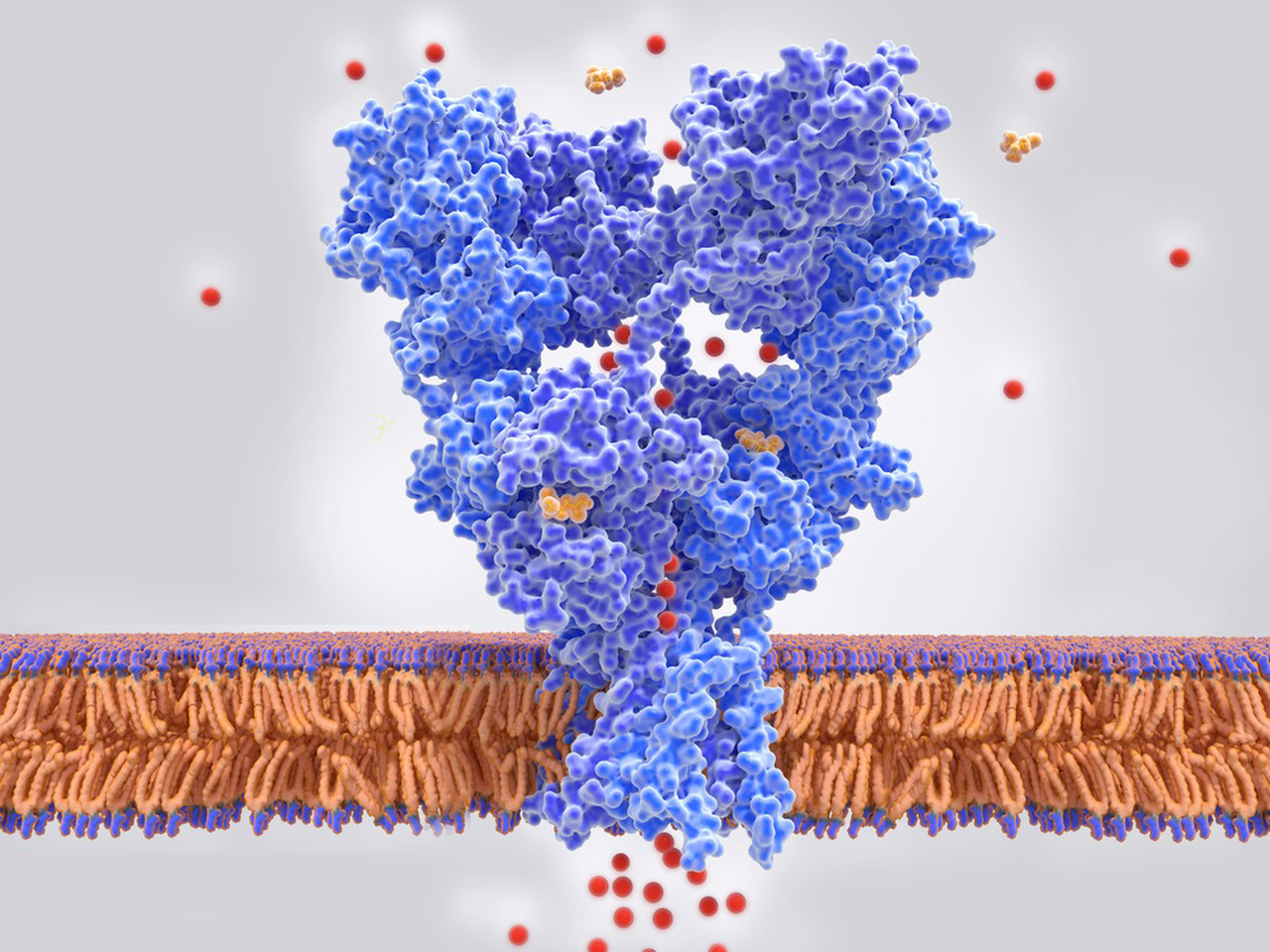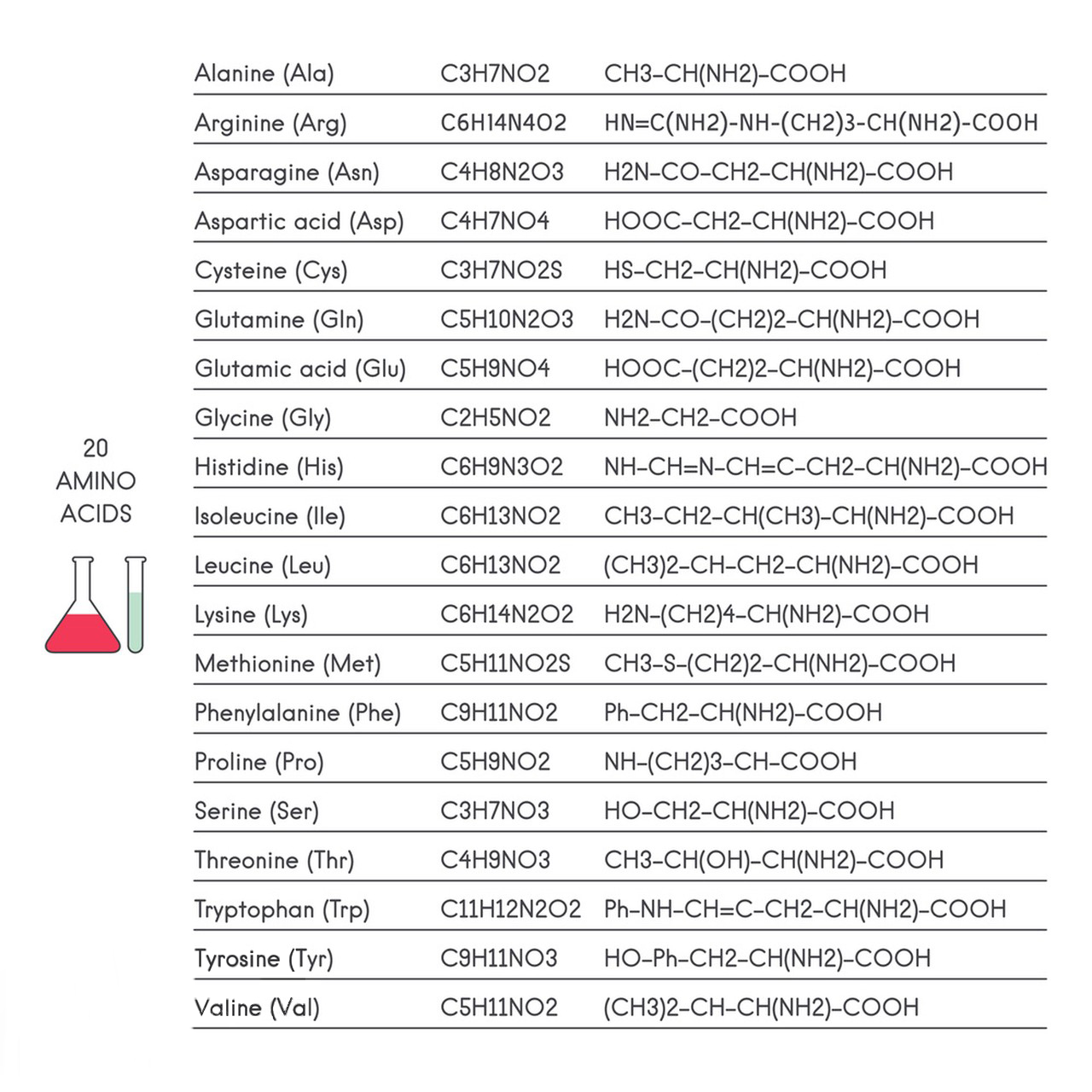L-Glutamic acid, often referred to simply as glutamic acid, is an amino acid that plays a crucial role in protein synthesis and various metabolic processes in the human body. It is also used in the food industry as a flavor enhancer, known as monosodium glutamate (MSG). Below, I’ll outline the materials and methods typically used in the production and analysis of L-Glutamic acid:
Materials of L-Glutamic Acid:
1.Substrate: Glutamic acid can be produced through fermentation using a suitable carbon source. Common substrates include glucose, molasses, and hydrolyzed vegetable protein.
2.Microorganisms: Certain strains of bacteria, such as Corynebacterium glutamicum, are often used in the fermentation process for the production of glutamic acid.

3.Nutrient Medium: A nutrient-rich medium is required for the growth of the microorganisms. It typically includes sources of nitrogen, carbon, minerals, and vitamins.
4.Fermentation Equipment: Fermenters or bioreactors are used to cultivate the microorganisms under controlled conditions of temperature, pH, oxygen supply, and agitation.
5.Analytical Reagents: Various reagents and chemicals are needed for the analysis and quantification of glutamic acid. This may include titration solutions, spectrophotometric reagents, and chromatography standards.
Methods of L-Glutamic Acid:
1.Fermentation:
- Inoculation: A culture of the selected microorganism is inoculated into the nutrient medium.
- Growth: The microorganisms are allowed to grow and reproduce in the fermentation vessel under controlled conditions.
- Production: L-Glutamic acid is produced as a metabolic byproduct of the microorganisms’ growth.
- Harvesting: The fermentation broth is typically harvested when glutamic acid production reaches its peak.
2.Isolation and Purification:
- The harvested broth is processed to remove impurities and other unwanted components.
- Various techniques, such as filtration, precipitation, and chromatography, are used to isolate and purify glutamic acid.
3.Analysis:
- Quantification: The concentration of L-glutamic acid in the final product is determined using analytical methods. Common techniques include high-performance liquid chromatography (HPLC), gas chromatography (GC), or enzymatic assays.
- Purity Assessment: The purity of the glutamic acid product is assessed to ensure it meets the desired specifications.
4.Formulation:
- Depending on the intended use (e.g., food additive or pharmaceutical), the L-glutamic acid may be formulated into the desired product, such as monosodium glutamate (MSG) or amino acid supplements.
5.Quality Control:
- The final product is subjected to quality control tests to ensure it meets regulatory and industry standards.

It’s important to note that the specific materials and methods used in the production of L-Glutamic acid can vary depending on the manufacturer and the intended use of the product. Additionally, the process may involve multiple steps and quality control measures to ensure the final product’s safety and quality.
